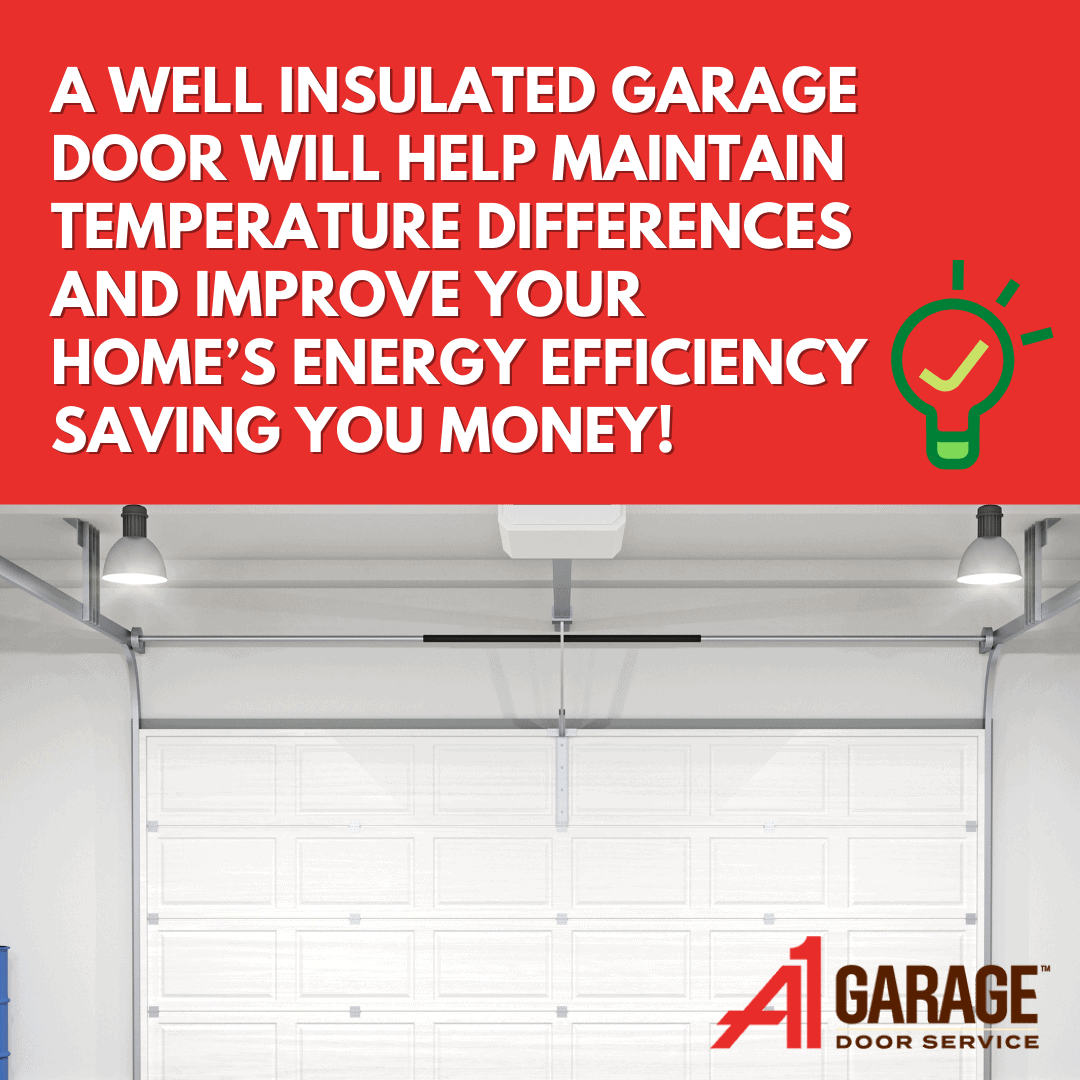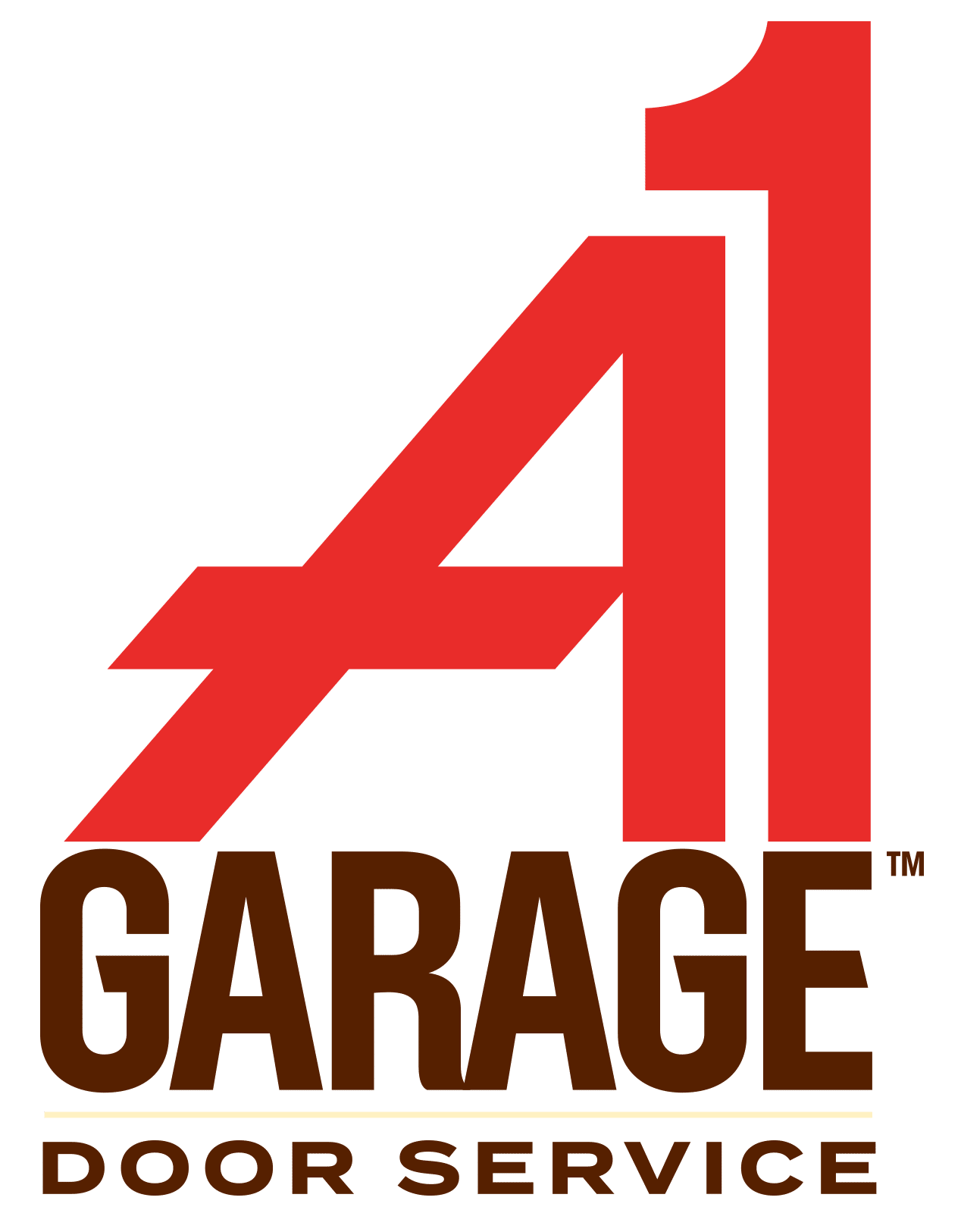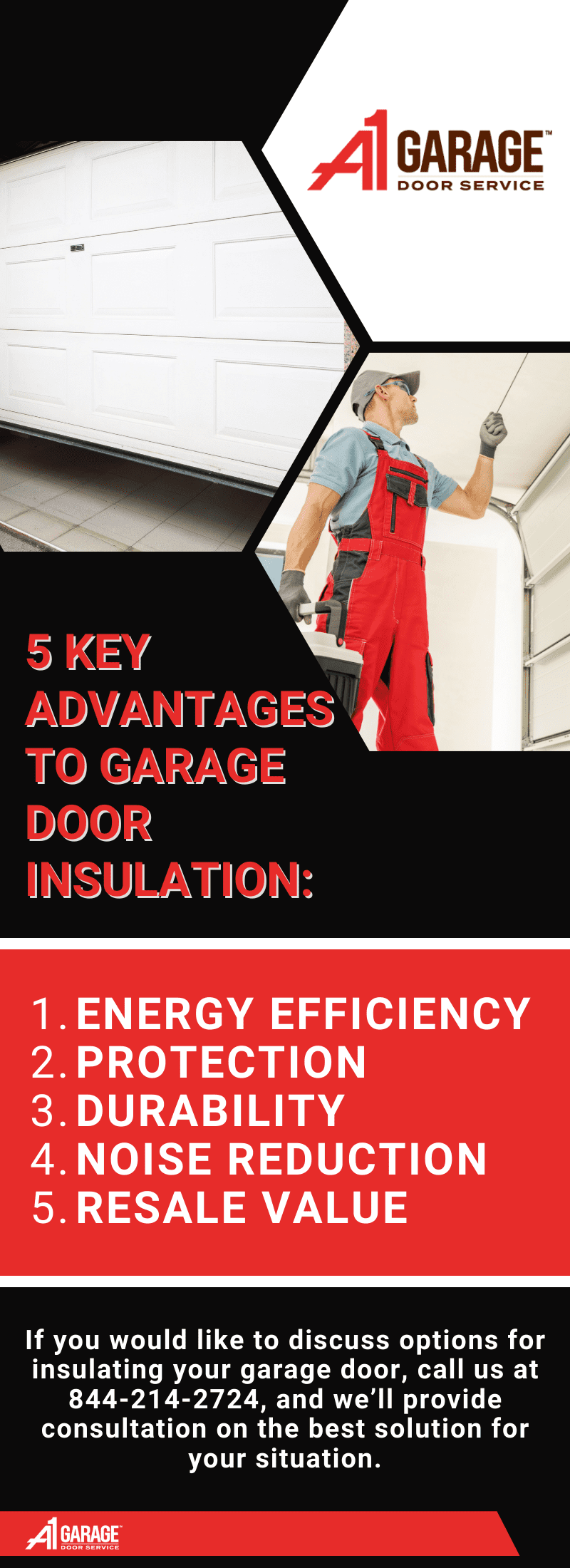
Does Insulating a Garage Make a Difference in Temperature?
Yes, insulating a garage door can make a significant difference by acting as a barrier between the outside and inside temperatures. Insulating your garage door can keep your garage 10-14 degrees warmer in the winter, and 22-26 degrees cooler in the summer.
The goal of insulating your garage door is to slow the transfer of heat. In the winter, this means slowing the speed at which heat escapes your garage, and, in the summer, it’s a matter of preventing the heat from entering.
If you can slow the rate that heat transfers into or out of your garage, you’ll also slow the rate it transfers into your home. Ultimately, the garage door insulation temperature difference is regulated and saves you money on your electric bills. If you’re looking for garage door insulation companies near you, call our office today.
What’s Ahead
- Benefits of insulation
- Challenges of insulation
- R-value ratings
- Types of insulation
- Adding insulation vs. buying a new door
- Choosing a new door
- DIY or hire a professional?
Why Should I Insulate My Garage Door? 
Insulating your garage door helps by offering several benefits. Let’s review 5 key advantages:
- Energy efficiency: This is especially true if your garage is attached to a bedroom or used as a living space, workshop, or utility room which can make a big impact on your garage door insulation temperature difference.
- Protection: Abrupt weather changes can affect car batteries, fluids, and tire pressure, as well as change the consistency of paints, fertilizers, cleaning supplies, and motor oil.
- Durability: Non-insulated doors are more prone to denting or creasing.
- Noise reduction: Insulation blocks outside noise, such as neighborhood children and vehicle traffic, and can also help reduce the noisiness of the door caused by the vibration of the panels.
- Resale value: Because of these factors, garage door insulation can be an added benefit and incentive for those considering purchasing your home in the future.
Why Shouldn’t I Insulate My Garage Door?
Insulating your garage door isn’t the right decision for everyone. There are a number of factors to consider before making this decision. These include:
- Attached or detached: If your garage is detached from the home, there might not be much value in insulation, unless you use the garage as a livable space or workshop.
- Full garage insulation: Is the rest of your garage insulated, as well? If not, adding insulation to your garage door might not provide as much temperature control as you’d like.
- Airflow: Outside air can still make its way into your garage through other seams, gaps, or openings, such as windows and entry doors, so you’ll want to seal these exposures before insulating your door.
When deciding whether to insulate your door, these factors must be weighed against other benefits such as durability and stability. A garage door professional will be able to discuss your options and help you make the best choice for your situation.
How Does Insulating Your Garage Door Help and Understanding R-Values
Here’s how to understand R-Values and garage door insulation temperature difference. Insulation’s ability to slow the transfer of heat is measured with R-values. Residential garage door insulation tends to have R-values between R-6.3 and R-19. While the numbers increase exponentially, the added effectiveness progresses at a much slower rate.
R-values provide a good estimate of insulation value, but they are not a perfect science, as they do not account for other factors, such as wall and ceiling insulation and less-insulated parts of the structure like studs and windows.
In general, however, an energy-efficient R-18 garage door can keep a garage space about 10-14 degrees warmer in the winter and 22-26 degrees cooler in the summer, if the door isn’t opened and closed frequently.
Types of Insulation
There are 2 primary types of insulation that are used for garage doors. They are:
- Polystyrene: A rigid foam board, this insulation is more commonly known as Styrofoam. Used in two- and three-layered doors, it’s sandwiched between two layers of steel. R-values will vary from R-6 to R-9. You can also find this type of insulation in hardware stores for a do-it-yourself installation project.
- Polyurethane: This insulation starts as a thick liquid and expands as it sets, ensuring it completely fills the cavity of the garage door. Commonly known as “foamed in place” or FIP doors, most manufacturers offer this style of product. Found most often in three-layer garage doors, this style of insulation offers R-values of R-10 to R-19 and gives the door a solid structure to reduce noise and improve lifespan.
You can find other types of insulation kits for do-it-yourself insulation at local hardware stores or online. These types of insulation offer short-term solutions, such as seasonal insulation, but are subject to wear and tear, as they are not designed for long-term durability, and must be securely fastened to the door. Be aware these kits also do not generally provide 100-percent insulation coverage.
Add Insulation Or Buy A New Garage Door?
If you would like to add insulation to your garage door, you have two choices: add insulation to an existing door or replace it with a new, more insulated one.
When deciding, you will want to consider the cost, return on investment, and condition of your existing door. Often, you will find replacing your door will be a better investment than retro-fitting insulation.
Choosing A New Garage Door
If you decide to replace your door, there are several factors to consider when selecting a replacement.
Materials
Garage doors come in a variety of materials, and each offers its own insulation potential. Let’s look at some of your choices:
Layers
When selecting a steel door, you can also choose between one-layer, two-layer, and three-layer options. Here’s what that means for you:
- One-layer: Known as pan, hollow back, contractor-grade or non-insulated doors, single-layer doors are often installed as an extremely cost-effective option.
- Two-layer: The garage door insulation temperature difference comes from a one-layer door is that foam insulation panels are inserted into the hollow cavities on the inside of the door, enhancing the door’s insulation value but not necessarily improving the quality of the door.
- Three-layer: This door features a layer of steel on the exterior and interior, as well as a solid insulated core. Four polystyrene and polyurethane insulation options are available for the core.
DIY Or Hire a Professional Nearby?
Do-it-yourself insulation kits are available at your local hardware store or online. But, it’s important to understand the risks associated with completing your own project versus hiring a professional installer.
First, a professional will be able to assess the insulation situation of your entire garage and determine if insulating the garage door will provide adequate temperature regulation and produce a return on investment.
Second, adding insulation to your garage door might change its weight, affect its balance, and put added strain on the springs. While it might not seem like much weight, adding even a few pounds can make a difference and require your springs to be replaced.
To test your door’s balance, pull your manual release cord and open your door halfway. The door should stay in place, not shoot up or slam down. If the door is off-balance, it will still allow air in from the outside.
Balancing a garage door and replacing springs can be dangerous and should be left to a professional.
Contact the Best Garage Door Insulation Specialists Near You
If you are wondering how does insulating a garage door help or would like to discuss options for insulating your garage door, call A1 Garage Door Service near you at (844) 236-8448, and we’ll provide consultation on the best solution for your situation. Check out our custom garage doors and garage door installation options.
See What Our Clients Say
“Our garage door was creaking and grinding when opening. We called A1 just for a service check. Good thing we did. The motor and belt were near failing. Justin and team member replaced the springs, motor and other important parts. It is amazing how you can barely hear the very large door open and close at all now. The process was clearly explained and the work well done and clean. Thank you.”
Nancy S.
Rating 5/5 ⭐⭐⭐⭐⭐
See our 4.8 rating and read more of our 4866 reviews on Google!






